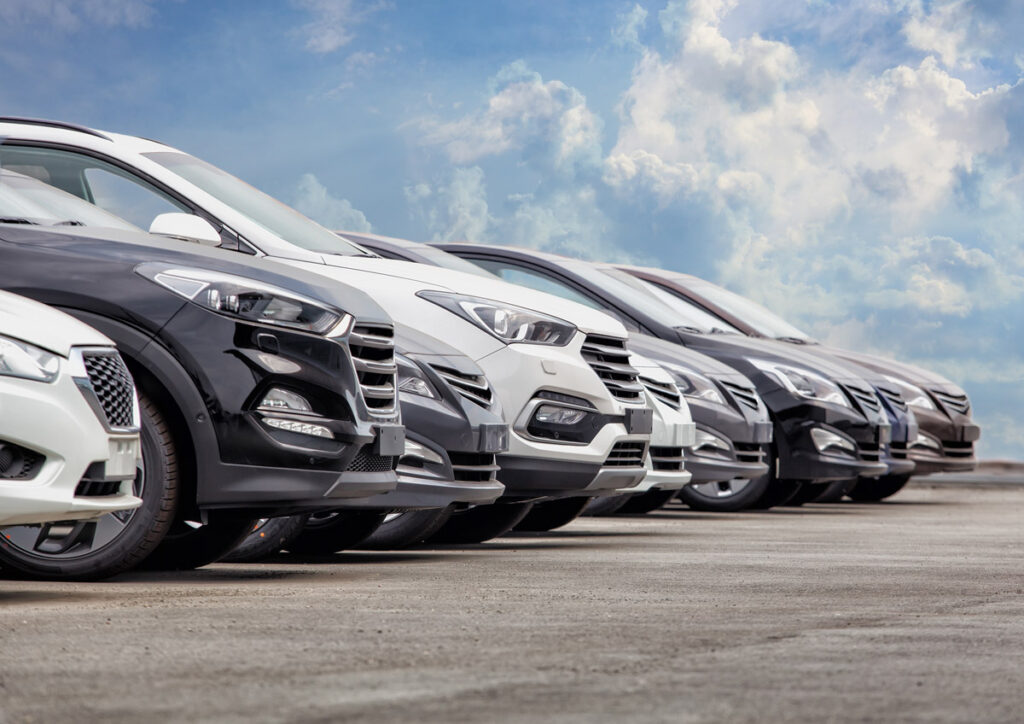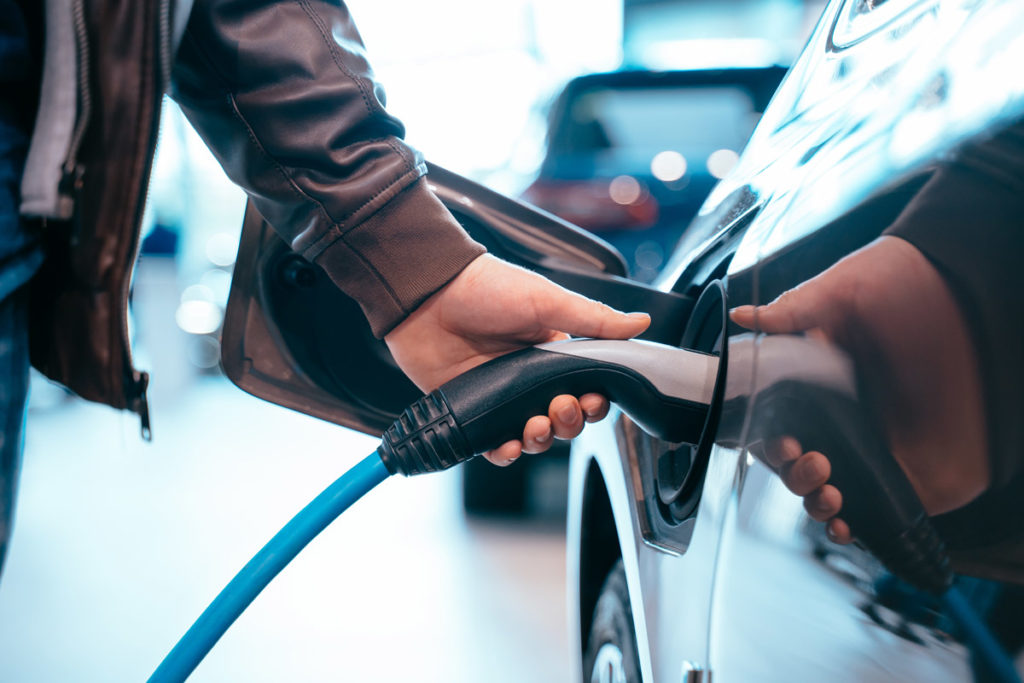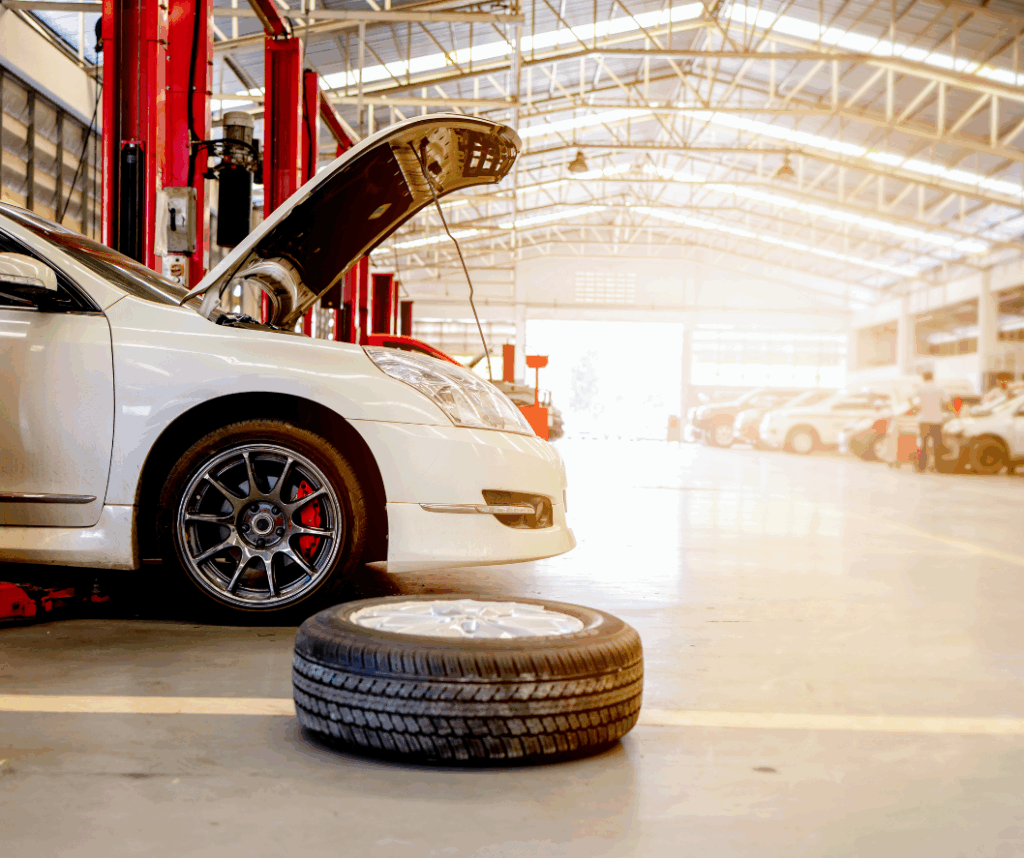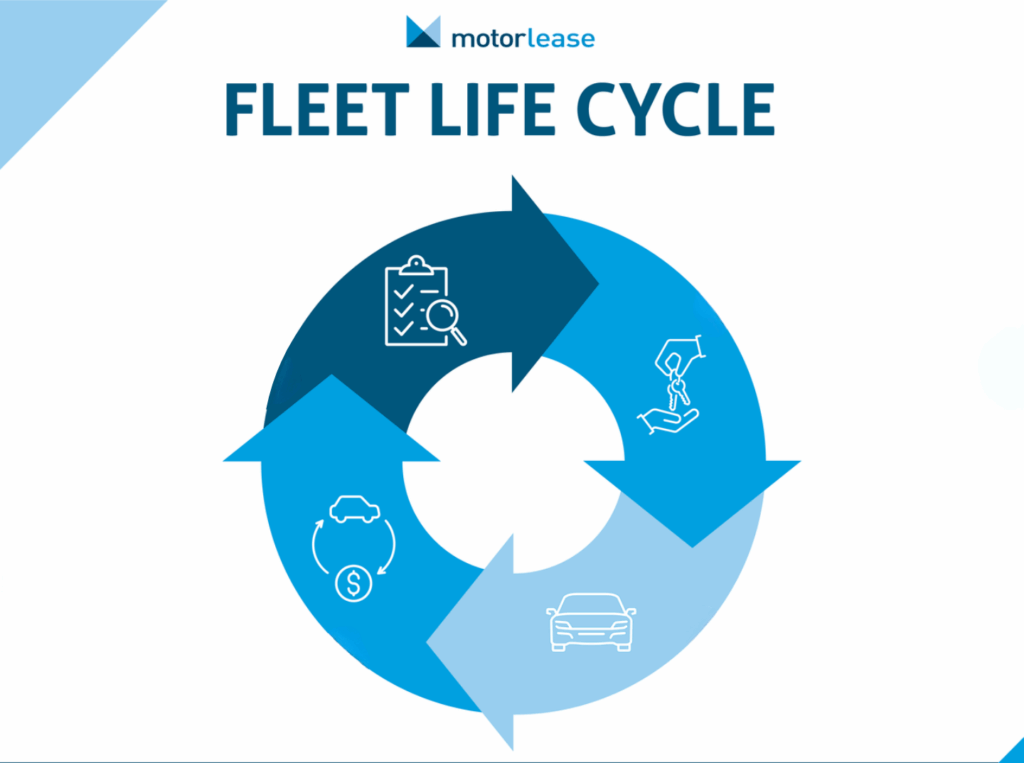In This Article
Stop/Start Technology
Intelligent Cruise Control
Aerodynamics
Hybrid Vehicles & Alternative Fuel Options
Across the nation, the rising cost of fuel has fleet managers scrambling for ways to lower their expenses. While it may come as a surprise, purchasing a new vehicle and cycling out older, less fuel-efficient models, can be a significant cost-saving measure. In fact, many fleets are recognizing the lower total cost of ownership by adopting newer, more efficient vehicles into their inventory.
In this article, we’ll look at several ways auto manufacturers are increasing the number of miles per gallon their vehicles can achieve, providing relief for budgets of fleets in various sectors.
It is widely recognized that excessive idling will result in wasted fuel. However, what many people do not know is the way in which auto manufacturers are attempting to reduce some of that waste.
Many new vehicles now come equipped with stop/start technology. This feature automatically cuts off the vehicle’s engine after the vehicle comes to rest for more than a specified amount of time (typically around 5 seconds). Less idling will result in less fuel wasted and increased efficiency of the vehicle. While these systems have been around for several years, more recently, manufacturers have significantly improved the technology, creating a much more refined system than in the past.
Standard cruise control is a fantastic feature for fuel conservation if you are cruising on an open road with relatively few obstructions. However, the need to adjust to the flow of traffic makes this feature less efficient. Newer vehicles come equipped with “intelligent” or adaptive cruise control, which not only increases effectiveness but fuel efficiency as well.
Intelligent cruise control will adjust your speed to follow the pace of traffic; even allowing you to create a more consistently controlled speed by setting the distance between your car and other vehicles. Some systems can anticipate changes in terrain and automatically adjust to further improve fuel efficiency.
Did you know that the subtle curves and contours of a vehicle can have an impact on a vehicle’s fuel efficiency?
Auto manufacturers spend millions of dollars and hours researching the aerodynamics of their vehicles to improve designs for overall performance. An aerodynamically engineered vehicle creates less drag while cutting through the air, which ultimately leads to a higher fuel economy.
Picture the styling of SUVs in the early 2000s versus what you see on the road today.
The design has gone from a boxy design to one with smooth, subtle curves. Manufacturers continually make improvements in this area; there can be a drastic difference in MPG between model years if there was a redesign in the interim.
Hybrid Vehicles & Alternative Fuel Options
As we see a push for auto manufacturers to embrace fuel efficiency and green standards, hybrids and alternative fuel vehicles are becoming a large part of many original equipment manufacturers’ (OEM) portfolios. Traditionally, one or two hybrid options may have been available from specific manufacturers. Now, many of the top-selling models are being offered in hybrid variants.
Benefits aside, this new technology does come with its limitations, and will not be viable in every fleet application. However, for those organizations where they do fit, alternative fuel vehicles can significantly reduce a fleet’s fuel spend.
In the coming years, we can expect this technology to improve, and these options to become more commonplace within fleets. Keep these best trends in mind when comparing vehicle models and prices, to improve fuel efficiency in overall budgets.
Follow us on LinkedIn to stay up to date on the latest industry news and trends.












